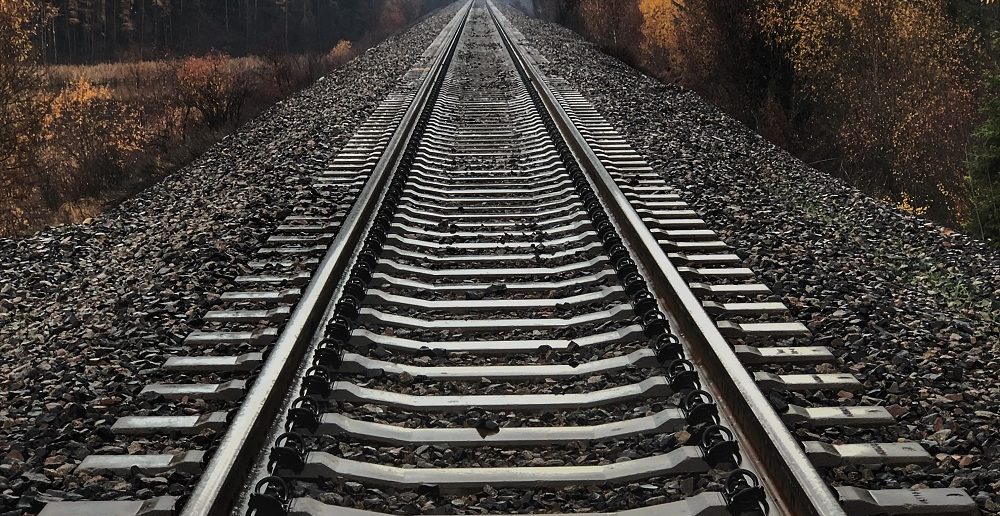Most organisations that must maintain a physical network have similar challenges in keeping their networks safe and operational. Whether you run an energy distribution network, a telecommunications network, or a road, rail or canal network, you need to keep it clear of obstructions. And one of the biggest culprits tends to be the surrounding vegetation. Historically, network operators have relied on physical inspections, with workers walking along those networks to visually check where maintenance is required.
However, the advent of artificial intelligence and machine learning means that we can now analyse other data sources to identify areas most at risk from surrounding vegetation. This drastically reduces the manpower cost of maintaining a network.
Computer vision is an AI field highly relevant to rail networks because it trains computers to interpret and understand the visual world. This includes digital images, cameras and videos.
Keeping train tracks clear
Let’s take Network Rail as an example. A critical objective for Network Rail is to ensure that train tracks are clear, safe and in good condition. This ensures that everyone gets home safe, every day. Adverse weather conditions can isolate communities from transport. This disrupts people and business, and running services during poor conditions puts people at risk. Therefore, Network Rail needs to proactively manage its tracks to maximise safety. This will allow it to quickly identify and clear vulnerable track areas.
By using computer vision, Network Rail can identify where growth needs controlling or identify high propensity for ‘leaves on the line.'
By using computer vision, Network Rail can identify where growth needs controlling or identify high propensity for ‘leaves on the line.' The organization can use video and images to assess areas where the tracks are at risk of disruption. This could be due to vegetation, drainage, loose ballast, or any other obstructions or faults that can be observed. By using drone video footage (to determine plant height, plant count, plant health, plant overhang) and imagery from cameras on trains, Network Rail can determine priority areas for vegetation management.
Network Rail can also use other data sources as alternatives to or in combination with video imagery. LiDAR data provides 3D imagery, and forestry commission data shows the types of vegetation growing in different areas. Furthermore, using weather forecasts and geological and topographical data, Network Rail can identify areas at high risk of flooding and/or erosion, then proactively target those areas to optimise resource planning and workforce management.
Improving defect detection
For example, using computer vision, AI can improve manufacturing defect detection rates by up to 90%. Computer vision makes it possible to spot defects not easily visible to the human eye. SAS was used in a semisupervised machine learning project to find faulty components on rail-car wheels and springs from high-definition images. There are many variables potentially affecting defects and life on wheels and springs:
- How many miles will a wheel/spring last under various conditions?
- Is there a life difference between new and turned wheels?
- Does wheel/spring life differ by manufacturer?
- Does wheel/spring life differ by type of rail car?
Building a machine learning AI predictive model for component failure has several benefits:
- Improve wheel/spring changeout planning to minimise service interruptions while getting maximum life from each component.
- Source components that achieve most life.
- Deliver a unique AI model by manufacturer, condition (new or refurbished) or rail-car type.
- Make life expectancy of components more predictable.
As a result of the above study, a European railroad uses SAS Analytics to improve the quality and efficiency of fleet maintenance, planning the maximum interval between certain maintenance events. With over 30,000 wheelsets, the railroad expects to reduce maintenance by one-third.
For further information on how SAS can help accelerate excellence in transport networks, please visit our page here.


